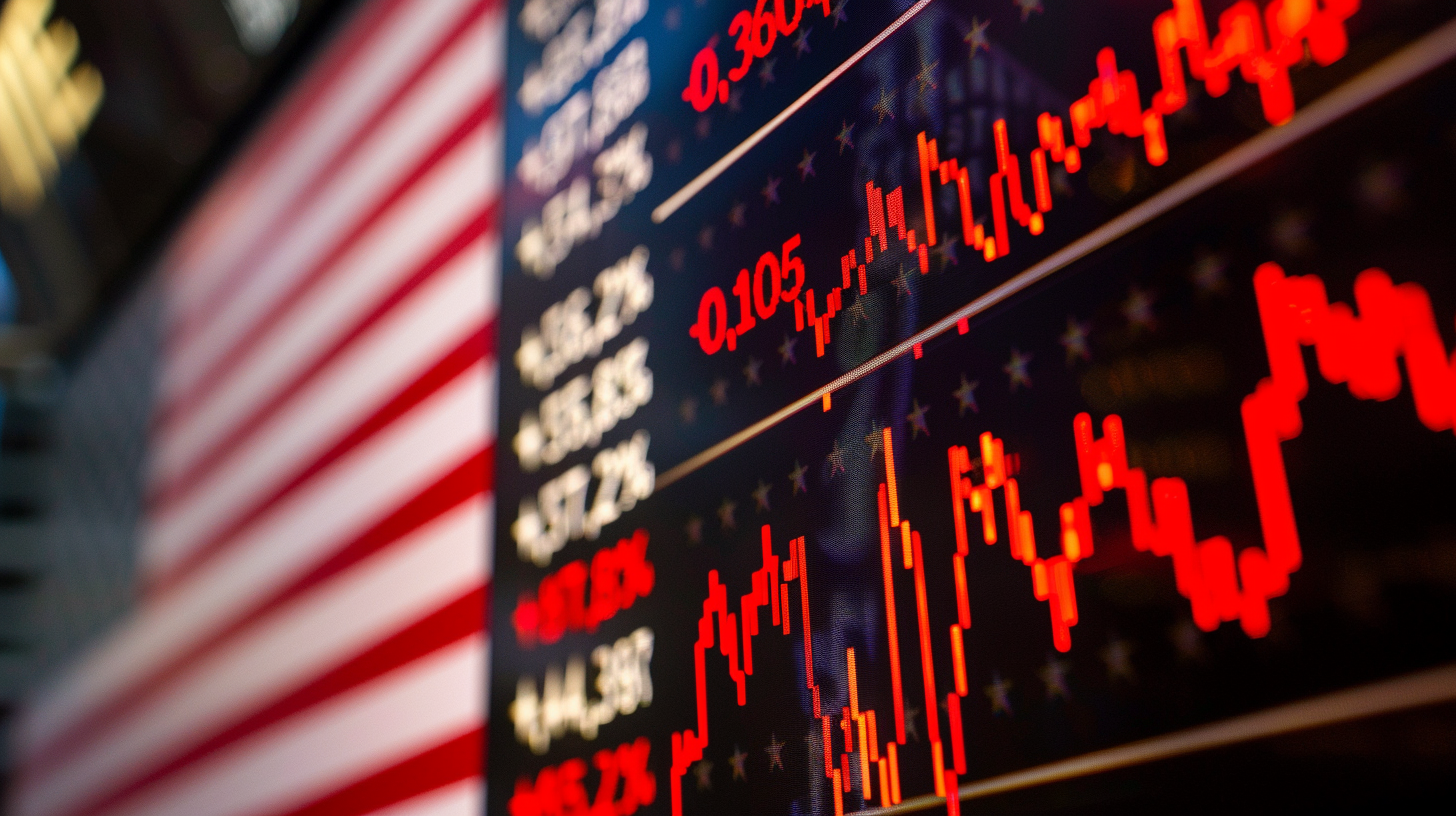As we approach the midpoint of 2024, the U.S. economy continues to navigate choppy waters, displaying both signs of resilience and indications of a gradual slowdown. Recent economic data paints a picture of an economy in transition, with implications for investors across various sectors. The latest unemployment figures offer a nuanced view of the job market. While initial jobless claims dipped by 6,000 to 233,000 in the week ending June 22, the number of Americans receiving ongoing unemployment benefits climbed to 1.839 million – the highest level since November 2021. This uptick in continuing claims suggests that while layoffs remain relatively low, job seekers may be facing increased difficulty in finding new employment. The unemployment rate ticked up to 4.0% in May, marking its first increase since January 2022. However, economists caution against overinterpreting this rise, noting that the increase is concentrated among specific demographics and industries rather than indicating a broad-based weakening of the labor market.
The Commerce Department recently revised its estimate of first-quarter GDP growth upward to 1.4% annualized, a slight improvement from the previous 1.3% estimate but still significantly lower than the robust 3.4% growth seen in the fourth quarter of 2022. While a modest acceleration is expected in the second quarter, analysts project growth to remain below 2.0%. This slowdown in economic expansion reflects the cumulative impact of the Federal Reserve’s aggressive interest rate hikes, which have risen by 525 basis points since 2022 in an effort to combat inflation. The central bank has maintained its benchmark rate at 5.25%-5.50% since July 2023, but market expectations are now shifting towards potential rate cuts, with many anticipating the first reduction as soon as September 2024.
May’s economic data revealed some concerning trends in business spending and international trade. Orders for non-defense capital goods (excluding aircraft), a key indicator of business investment, fell by 0.6% in May. This decline suggests that higher borrowing costs and softening demand are beginning to impact companies’ willingness to invest in new equipment and technologies. On the trade front, the goods deficit widened by 2.7% to $100.6 billion in May, driven by a 2.7% drop in exports. This development could potentially act as a drag on second-quarter GDP growth, adding another layer of complexity to the economic outlook.
For investors, these economic indicators present a mixed bag of challenges and opportunities. The softening labor market and slowing economic growth may pressure consumer-focused sectors, while the potential for interest rate cuts later in the year could provide a boost to rate-sensitive industries such as real estate and utilities. The decline in business spending bears watching, particularly for those invested in industrial and technology sectors. Companies that provide essential equipment and services may face headwinds in the near term as businesses become more cautious with their capital expenditures. Meanwhile, the widening trade deficit could have implications for multinational corporations and currency markets. Investors may want to keep a close eye on companies with significant overseas exposure and consider the potential impacts of currency fluctuations on their portfolios.
As we move into the second half of 2024, the U.S. economy appears to be walking a tightrope between continued growth and potential contraction. While some economists believe we’re on track for a “soft landing,” investors should remain vigilant and diversified. The coming months will be crucial in determining whether the current slowdown stabilizes or accelerates. Key factors to watch include the Federal Reserve’s policy decisions, inflation trends, and global economic developments. As always, a well-informed and adaptable investment strategy will be essential in navigating these uncertain economic waters. The complex interplay of labor market dynamics, GDP growth, business investment, and international trade will continue to shape the economic landscape, offering both challenges and opportunities for astute investors in the months ahead.
